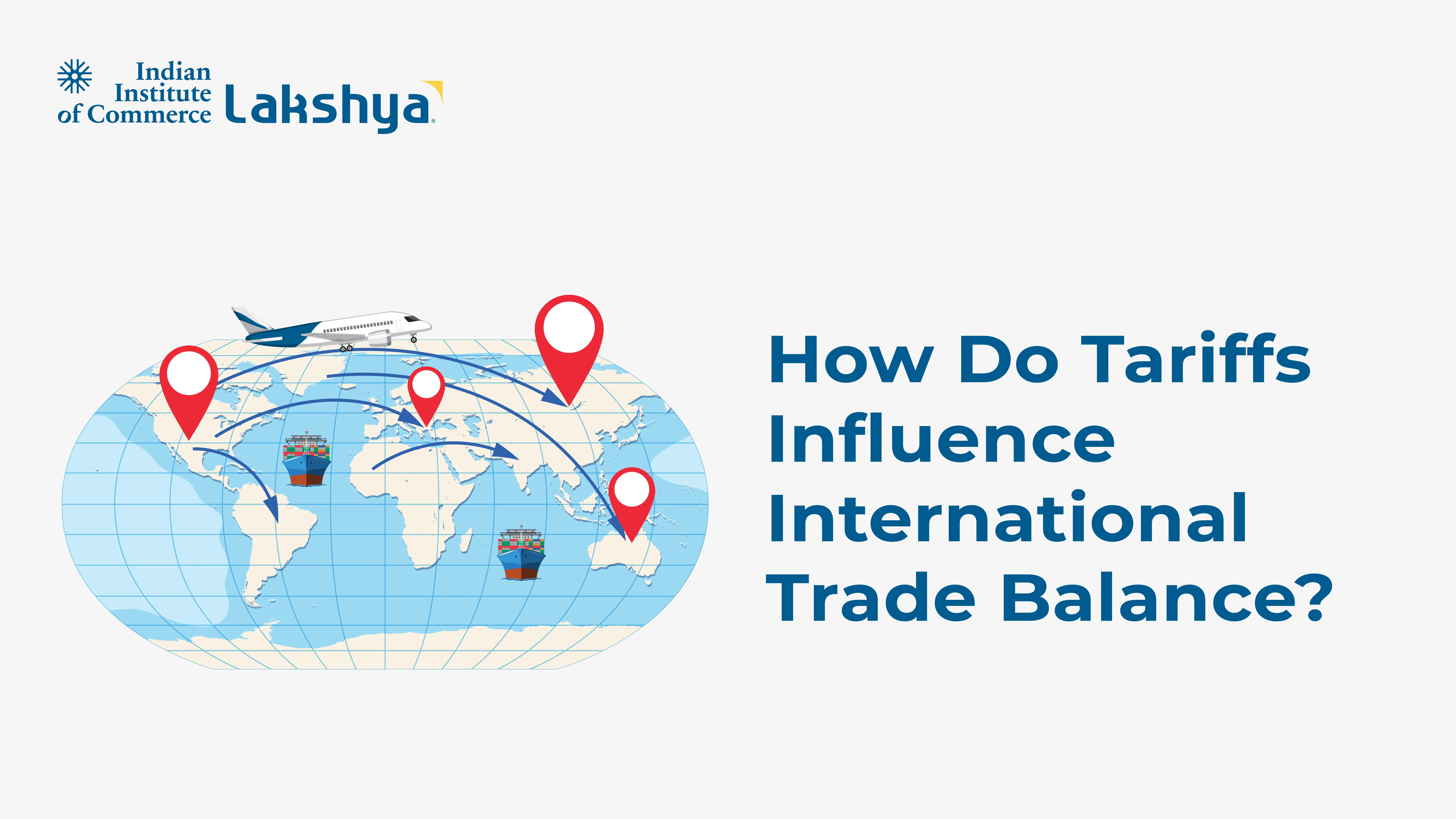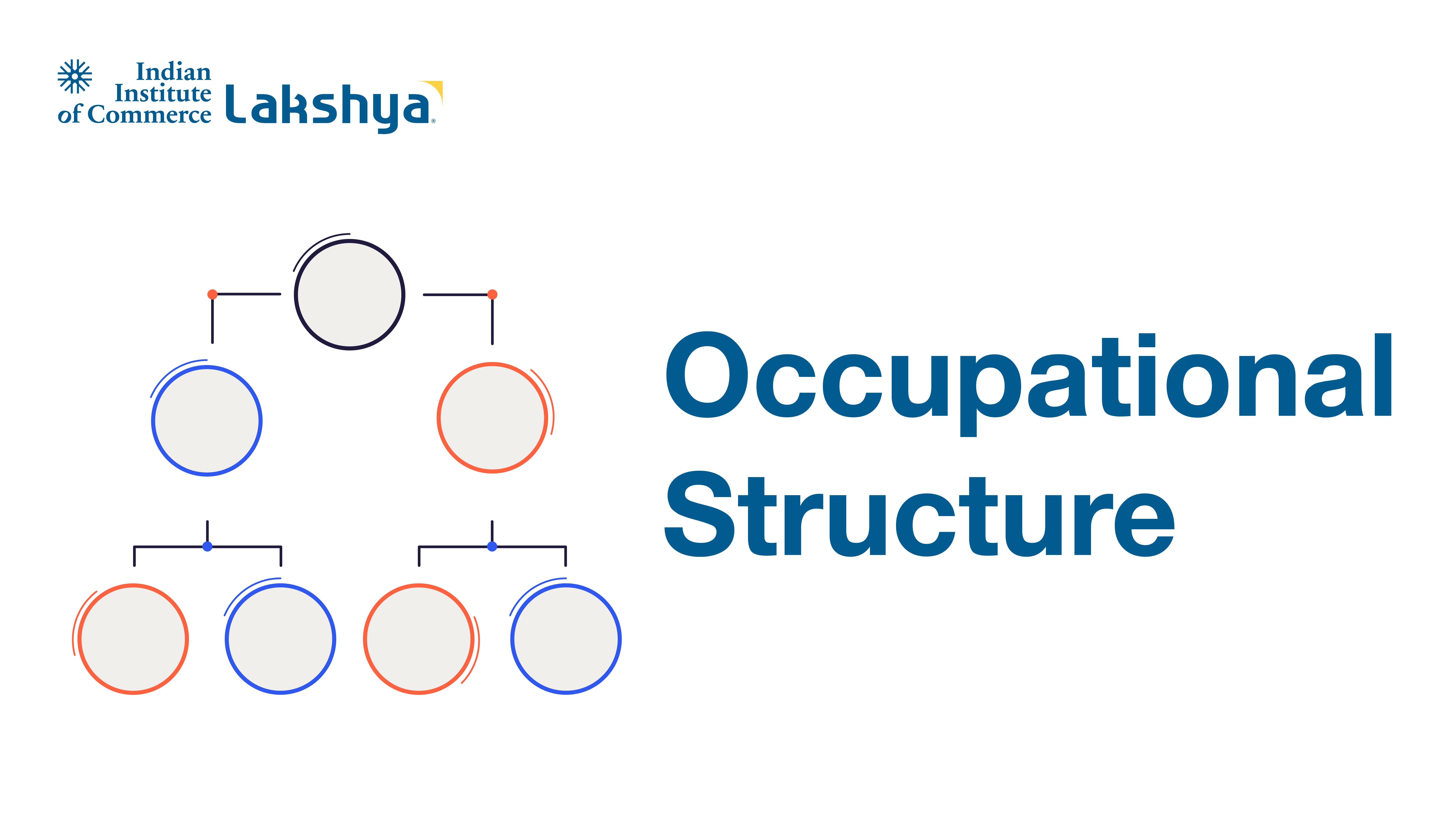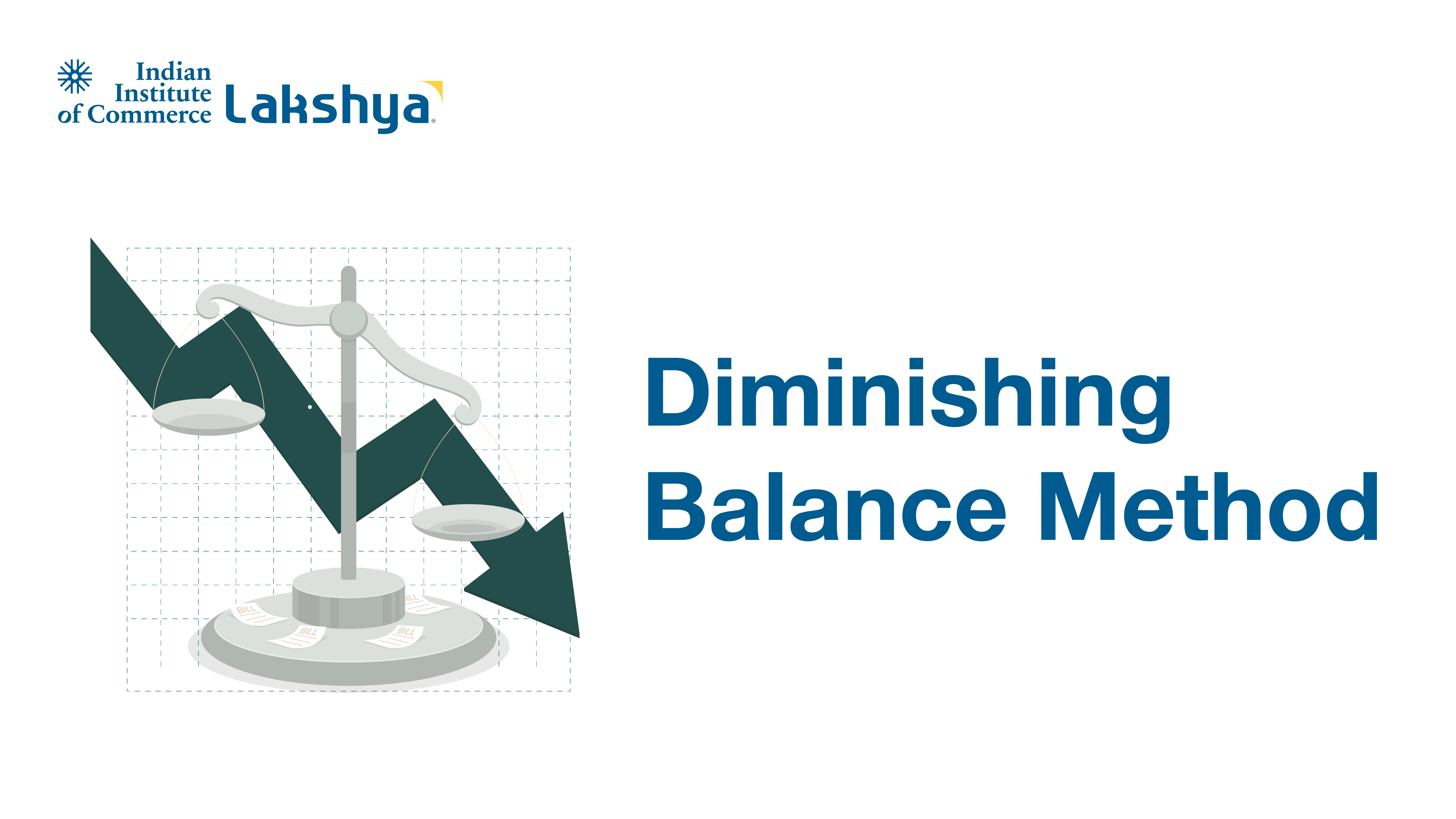Division of Work: Meaning, Role & Advantages
Last Updated On -16 Apr 2025

Coordination, productivity, and creative time and effort management are essential in today's work environment. One of the earliest and most successful ideas that supports such structured production is the division of labor. From ancient societies to modern corporate settings, assigning duties to different people or departments has boosted productivity, sharpened attention, and fostered specialization. This idea is limited to enterprises, but it may be applied in a variety of contexts, including homes, industries, schools, and even governments. In essence, division of labor is dividing difficult tasks into smaller, more manageable components and allocating them to people according to their qualifications, experience, or area of expertise.
What is the Division of Work?
The practice of dividing a job into smaller parts and allocating each task to the various people or organizations that are most qualified to complete it is known as division of labor. Making sure that each worker specializes in a certain function is the primary goal, as this promotes efficiency, better resource utilization, and higher production. Henri Fayol, a management theorist, codified this idea and included it in his list of 14 Management Principles. Fayol asserts that when employees concentrate on just one aspect of their work, they improve their productivity and skill level, which boosts the overall effectiveness of the company.
What is the Significance of Division of Work?
To put it another way, picture a bakery. Baking, packaging, and sales would be labor-intensive and inefficient if done by a single individual. Assume, however, that one employee is skilled in dough mixing, another in baking, a third in decorating, and a third in customer service. In that situation, the procedure runs more smoothly, quickly, and professionally.
The key significance of division of work is listed:
- Efficiency Through Specialization: People become specialists at a single task when they do it repeatedly. Faster execution, fewer mistakes, and higher-quality results are the results of this skill.
- Time-saving: By giving staff defined duties, there is no need to move between jobs, which cuts down on delays and time waste. Multiple people can complete tasks at the same time.
- Role Clarity: By clearly defining each person's responsibilities, the division of labor eliminates misunderstandings and prevents effort duplication.
- Scalability: It is simpler to scale a divided system. It is more manageable to hire specialists for particular roles rather than generalists for all jobs as the workload grows.
- Improved Supervision: When each employee or department has a clear role, supervisors are better able to keep an eye on performance and offer focused training.
- Enhanced Innovation: Experts frequently create improved methods for completing tasks, enhancing instruments or methods in their field.
What are the key types of Division of Work?
Depending on the organization's size and function, many levels of work division may take place. There are several levels of work division, including departmental, occupational, simple, and functional divisions.
The key types of division of work are:
Simple Division of Work
This is typical in traditional settings or smaller enterprises. Every individual is given a fundamental role. In a village artisan setup, for example, one person may collect the ingredients, another may create the product, and a third may sell it.
Division of Work by Occupation
Work is separated here according to professions. A contemporary economy is made up of professionals that play different tasks that help society work, such as doctors, teachers, engineers, chefs, and mechanics. This kind of separation is common and serves as the foundation for contemporary job structures.
Division of Work by Department
The marketing, finance, operations, human resources, and sales divisions handle different functions in major organizations. Every department has a team dedicated to accomplishing its particular goals. For instance, specialist divisions like lending, customer care, and compliance manage the operations of commercial banks.
Division of Work by Function
In this case, tasks are separated according to their functions within a single process. For instance, at a car manufacturing company, various teams are in charge of painting, quality inspection, engine installation, and chassis assembly. Benefits of Work Division
Key Advantages of Division of Work
Across all sectors and businesses, the advantages of job division are vast and well known. Each category adds to the organization's overall productivity and efficiency with its own special traits and uses.
Let's examine a few of the key advantages of division of work:
- Higher Productivity: When people focus on one task, they get better and faster. This greatly increases the organization's total production.
- Skill Development: Repetition leads to skill improvement. Over time, workers become specialists in their domain, which adds value to their roles and careers.
- Standardization and Uniformity: Specialized workers are more likely to produce consistent, high-quality work. This helps in maintaining uniform standards.
- Motivation and Job Satisfaction: Employees often find satisfaction in mastering their craft. Clear roles and a sense of accomplishment contribute to motivation.
- Reduced Cost of Production: With faster work processes and fewer errors, production costs decrease. Companies can produce more in less time, improving profitability.
- Efficient Training: Training someone on a specific task is easier and quicker than the entire production process or business model.
Limitations of Division of Work
Despite its many advantages, the division of work is not without drawbacks. It is essential to understand these limitations to implement the principle effectively.
- Monotony: Repeating the same task can become dull and demotivating, leading to job dissatisfaction and mental fatigue.
- Dependency: Since work is split among various individuals, a delay or failure by one can halt the entire process. Interdependence increases operational risk.
- Loss of Flexibility: Workers may become so specialized that they cannot perform tasks outside their role, reducing flexibility during emergencies.
- Reduced Innovation in Broader Context: While specialists innovate within their niche, they may lack the cross-functional insight needed for holistic innovation.
- Coordination Challenges: More division means more people to manage. This increases the need for proper coordination and communication mechanisms.
Real-World Examples of Division of Work
- In Manufacturing: Assembly lines in automobile factories use the division of work to its full potential. Each worker is assigned a specific production line component, such as attaching tyres, installing wiring, or testing engines.
- In Hospitals: Healthcare facilities divide work among doctors, nurses, lab technicians, radiologists, and administrative staff. Each plays a specialized role in delivering patient care.
- In IT Companies: Software firms divide work between developers, testers, and project managers. This provides a streamline flow of work.
Explore More
- Taylor’s Principle of Scientific Management
- Barriers of Communication
- Who is the father of economics?
- Functions of Management
Your deep-dive starts now—tap to begin reading our informative Commerce Concepts!
Frequently Asked Questions (FAQs)
Who is Henri Fayol?
Henri Fayol, born in 1841, was a French mining engineer and author who laid the groundwork for management theories and modern practices. He firmly believed in a systematic approach to conducting work at formal places, and his theories are an effort towards that. The 14 principles of management are the guidelines for effective organizational management.
Is division of work only for large-scale businesses?
No, even a small-scale business benefits from the division of work, for example in a flower shop, there are people who collect the flowers, people who arrange, the person who manages the order, people who deliver the flowers, and the people who promote the shop.
Is there any difference between specialization and division of work?
Yes, division of work is the division of a job among people into tasks, whereas specialization is the outcome where individuals become experts.











































































































































































































































.webp)












































